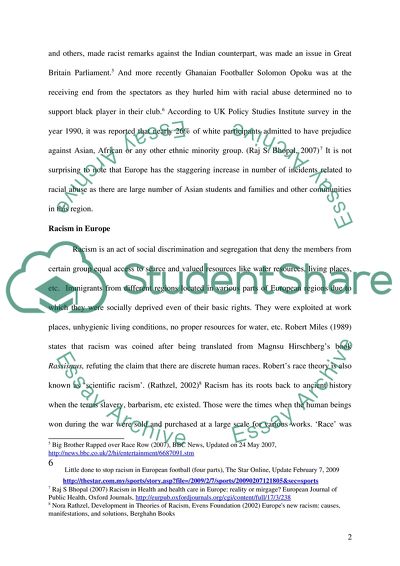Cite this document
(Racism in Europe during 20th Century Research Paper, n.d.)
Racism in Europe during 20th Century Research Paper. Retrieved from https://studentshare.org/history/1724221-race-imperialism-and-development
Racism in Europe during 20th Century Research Paper. Retrieved from https://studentshare.org/history/1724221-race-imperialism-and-development
(Racism in Europe During 20th Century Research Paper)
Racism in Europe During 20th Century Research Paper. https://studentshare.org/history/1724221-race-imperialism-and-development.
Racism in Europe During 20th Century Research Paper. https://studentshare.org/history/1724221-race-imperialism-and-development.
“Racism in Europe During 20th Century Research Paper”, n.d. https://studentshare.org/history/1724221-race-imperialism-and-development.


